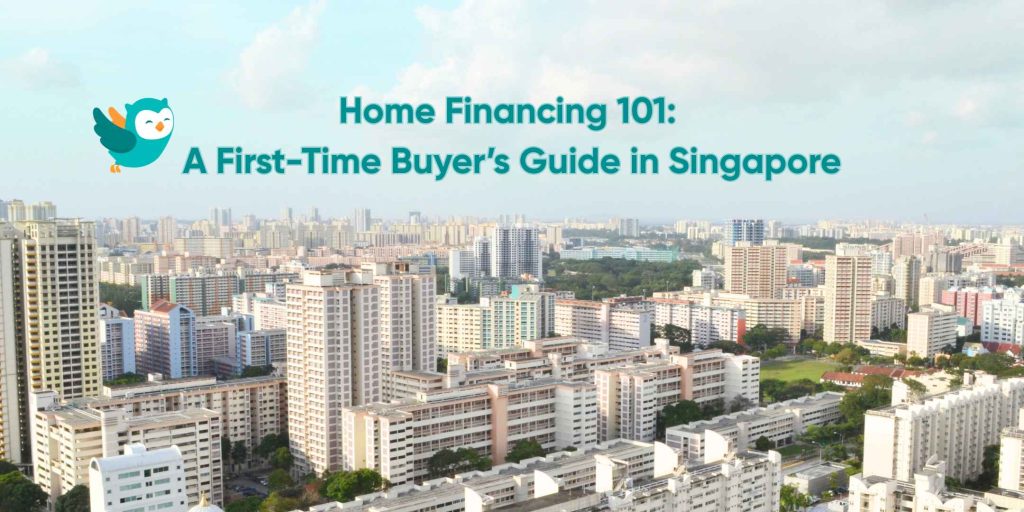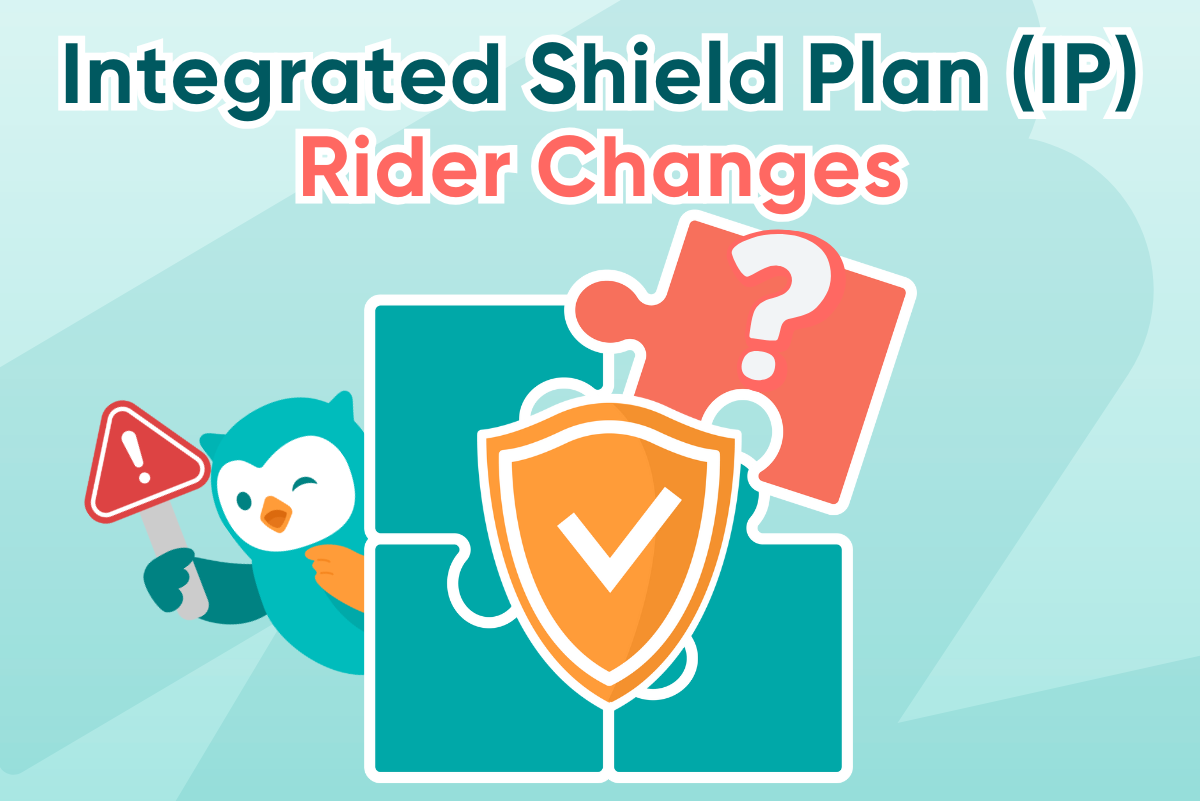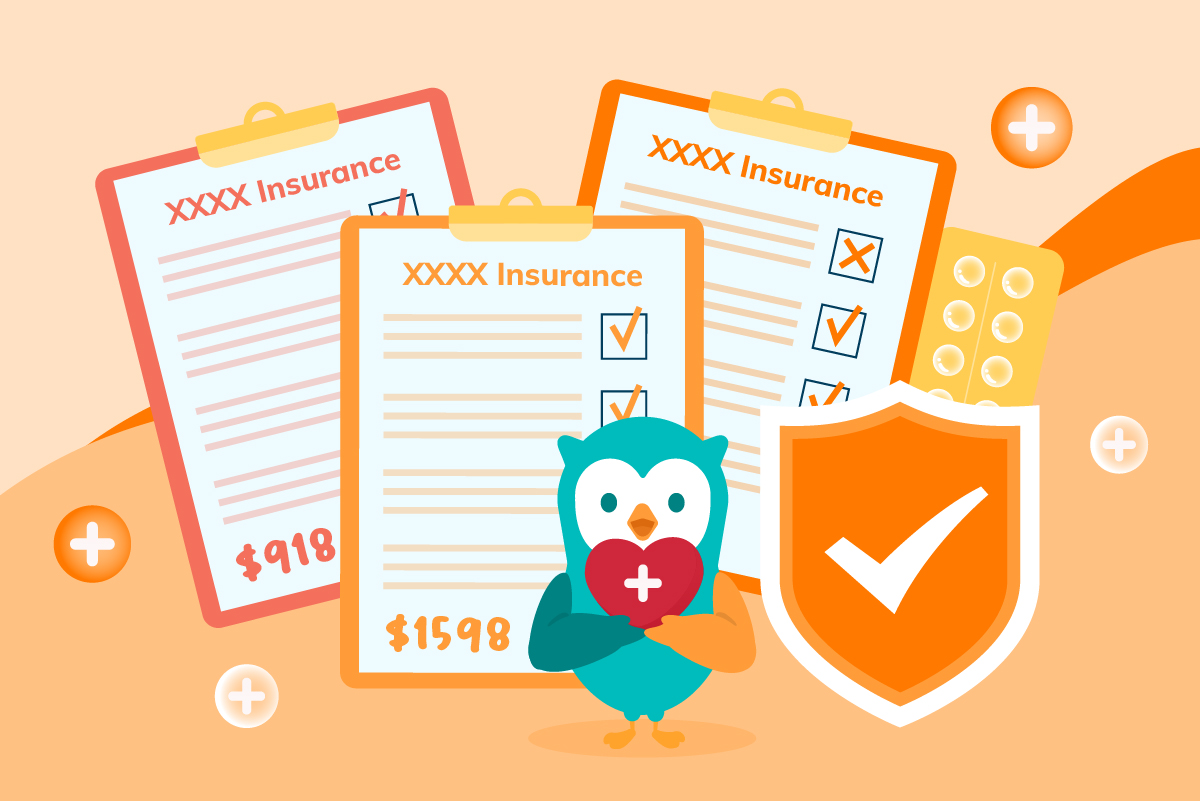By Daphne Lye, CFP®
Senior Lead, Solutions, Research & Investment, MoneyOwl
Buying your first home is one of the most exciting milestones in adulthood, but it also comes with a fair share of financial planning. Work out how to finance it in a way that supports not just your current needs, but your long-term financial health.
Before you jump into ballot applications or flat viewings, here’s a step-by-step guide on how to finance your first home wisely.
1. Start by understanding your finances
Before anything else, take a close look at you and your partner’s current financial situation. This includes:
- Savings – Consider both your cash and CPF Ordinary Account (OA) savings. This will help you work out how much you have set aside for the down payment and other upfront costs.
- Monthly income – What is your household income, and how stable is it? Is it likely to grow over the years?
- Outstanding debt – Are you servicing any student loans, personal loans or car loans? How much are the monthly instalments?
Understanding the above will give you a realistic view of what you can afford, with details in the next step.
2. Working out a budget for your future home
Once you understand your finances, you can work out how much you can comfortably afford for your home. Some tips:
- Your savings (cash and CPF OA) should make up at least 30% of the home purchase price. For example, if your total cash plus CPF OA savings is $120,000, then you should look for a flat of up to $360,000.
Besides the 25% downpayment for the flat, the remainder can be used for the renovations, furnishings and other upfront costs such as:
- Option Fee ‐ Payable when you book a flat or issue an Option To Purchase (OTP) for resale flats. This is capped at $2,000 for BTO flats or $5,000 for resale flats.
- Buyer’s Stamp Duty ‐ The Buyer’s Stamp Duty is a form of tax, and based on the purchase price of the property. If the flat costs $300,000, the Buyer’s Stamp Duty will be ($180,000 x 1%) + ($120,000 x 2%) = $4,200.
- Legal Fees ‐ For conveyancing and loan paperwork. This ranges from a few hundred dollars (for HDB conveyancing fees) to over $3,000 if you engage private lawyers.
- Explore housing grants that you may be eligible for.
The good news: there are generous housing grants available for first-time buyers in Singapore. These can significantly reduce your overall cost:
- Enhanced CPF Housing Grant (EHG) ‐ The amount of the grant is based on income and whether you’re buying a new or resale flat. The maximum grant is $120,000; more details can be found here.
- CPF Housing Grants for Resale Flats ‐ this grant of up to $80,000 is for couples or families who are first-time applicants buying a HDB resale flat. More details can be found here.
- Proximity Housing Grant (Families) ‐ Resale buyers can receive $20,000 in housing grants if they choose a flat (within 4km) of their parents’ home.
If you want a tool to help you decide how much you should spend on your first home, you can try out MoneyOwl’s two housing affordability calculators – for BTO and resale flats.
Enter details such as your age, income and savings to find out the housing grants you are eligible for and the recommended maximum purchase price for your first home. This can give you an idea of the type of housing you can afford.
3. Decide between a BTO or resale flat
With the above assessment done, you can then decide whether to apply for a BTO flat or shop for a resale flat. In general:
- BTO – These are more affordable and come with a fresh 99-year lease. But there is a longer waiting time, and you’re restricted to new launches by HDB.
- Resale – You can move in faster and enjoy a wide range of flats across Singapore. But prices are generally higher, and leases are shorter.
You may want to consider what matters more at this stage, and whether there are trade-offs you can make. For example, you want a flat you can move in quickly, but cost is an issue. You can consider buying a smaller unit or choose one further from the city or town centre.
4. Choose between a HDB or bank loan
After you have decided on your flat type, you will need to decide between taking a HDB or bank loan.
MoneyOwl’s advice as of 2025 is to choose a HDB loan if you are eligible. This is because the interest rate is more stable at 2.6% p.a., you can pay the 25% down payment fully with your CPF OA, and it offers more flexibility in terms of repayment schedule.
5. Home loan may be good debt
While others may advocate clearing all of one’s outstanding debts as soon as possible, there’s another perspective.
Housing loans are generally considered as a type of ‘good debt’ – if you have not over-extended yourself.
This is because mortgages typically come with some of the lowest interest rates in the market and are used to finance an asset that is relatively stable in value, and in many cases, appreciates over time. Owning a home early reduces the risk of having to pay more in future with housing or rent inflation.
There is also a potential downside to paying down your mortgage, which is that you turn a liquid asset (cash) into an illiquid one (property that you can’t sell off partially to raise cash). At a minimum, you need to have an emergency fund of at least 6 – 9 months in case you lose your income.
If you have excess cash above your emergency fund, we recommend maintaining your housing loan repayments and investing the cash in a suitable instrument to earn a potentially higher return. Of course, this is only if you have the ability and willingness to take the risk.
Conclusion
Financing your first home doesn’t have to be overwhelming. With some planning and by taking advantage of grants and tools available – including MoneyOwl’s New HDB BTO and Resale Planners, you can find a home that fits your budget and needs.
Take your time, do your homework, and seek advice if you’re unsure — it’s one of the biggest financial decisions you’ll make, and getting it right sets a strong foundation for your future.
If you found these tips useful, also check out MoneyOwl’s full housing checklist for first-time home buyers.
Disclaimer:
While every reasonable care is taken to ensure the accuracy of information provided, no responsibility can be accepted for any loss or inconvenience caused by any error or omission. The information and opinions expressed herein are made in good faith and are based on sources believed to be reliable but no representation or warranty, express or implied, is made as to their accuracy, completeness or correctness. MoneyOwl nor the author of this article shall have no liability for any loss or expense whatsoever relating to investment decisions made by the reader.
This article has not been reviewed by the Monetary Authority of Singapore.




